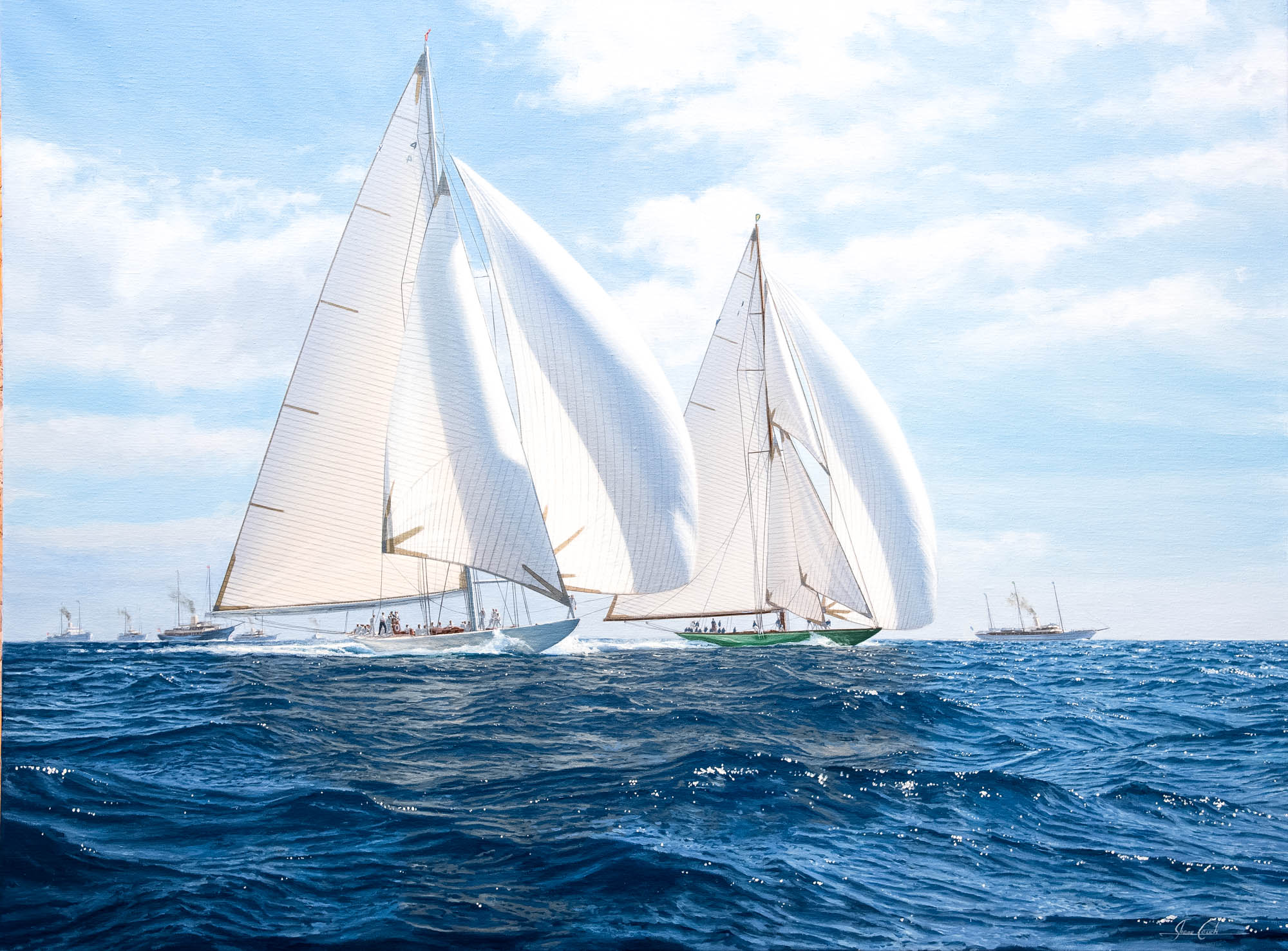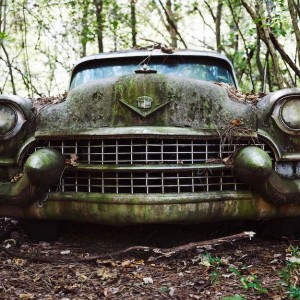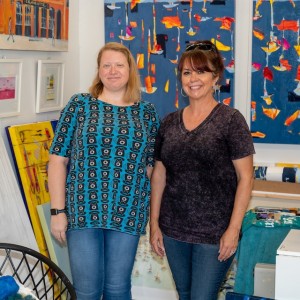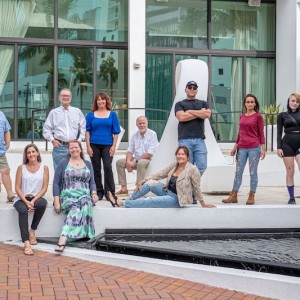When Shane Couch was only 13 years old, they told him he wouldn’t be an artist. An unremarkable student from a working class family in a small Lancashire town, he was obsessed with drawing ships and boats and nautical scenes that reminded him of the stories his grandfather would tell about serving in The Royal Navy through World War II. And Couch was talented. But, according to his art teacher, so were lots of kids in England. And kids from Lancashire didn’t go anywhere. “So my mum came home and told me, basically, forget about art,” Couch says. He was to be an engineer, enrolled in physics, metalworking and maths. At least there was technical drawing on the syllabus, he told himself, and he put away his pencil.
Today, Couch is an international marine artist, represented in galleries around the world, with work sold in both Sotheby’s and Christie’s auction houses. And this month, his latest collection of large-scale nautical oil paintings makes its world debut at Palm Avenue Fine Art Gallery.
“I paint to tell a story,” Couch says. He’s on the phone from his home studio in Lancashire, taking a break from putting the finishing touches on some canvases for the March show, an exhibition dedicated to the iconic J Class racing yachts that defined the America’s Cup during a short-lived period of incredible innovation—and indulgence—in the 1930s. He’s explaining that he doesn’t really care about textures and tones and techniques, or any of those other things the painters talk about in the podcasts he listens to. “For me,” he says, “it’s visualization of a story. It’s a window to the past, and that fascinates me.” And so every aspect of each painting is meticulously researched and modeled before brush ever touches canvas, with Couch gathering as much information as he can, assembling the pieces required to put him in that moment in history, transported to the deck of that ship on a finely tuned time machine powered by paint. “When I’m painting, I’m actually on the deck,” he says. “And I get to sit for a month or two and just live there.” Sometimes he can smell the salt air.
More than a life at sea, the ships themselves always held a special draw for Couch, and being forced into the world of engineering did little to change that. Employed as an aeronautical engineer, he would still spend his days reading novels and historic accounts of great ships at sea—and when no one was looking, he would still get out his pen and draw the scenes he saw in his head of rolling waves and sea spray, creaking masts and billowing sails. A floating city of adventure. And it was just one of these sketches that caught a coworker’s eye one day during lunch. She and her husband had been looking for a nice oil painting of warring galleons to hang over the mantelpiece (as you do) but were yet unable to find anything they liked. Could Couch give it a shot? Having never painted a day in his life, he said yes. Buying a pair of brushes and some basic oils at the store, Couch balanced the canvas on his stovetop and gave it his best shot. When he brought the finished product to work, his colleague purchased it on the spot—and Couch had six more commissions by the end of the day. “It was confirmation that what I had wanted to do all along was really the right thing,” he says. “I’d just been scared down the wrong track for 15 years.” 12 months later, he hung up his engineer’s cap for good. Sort of.
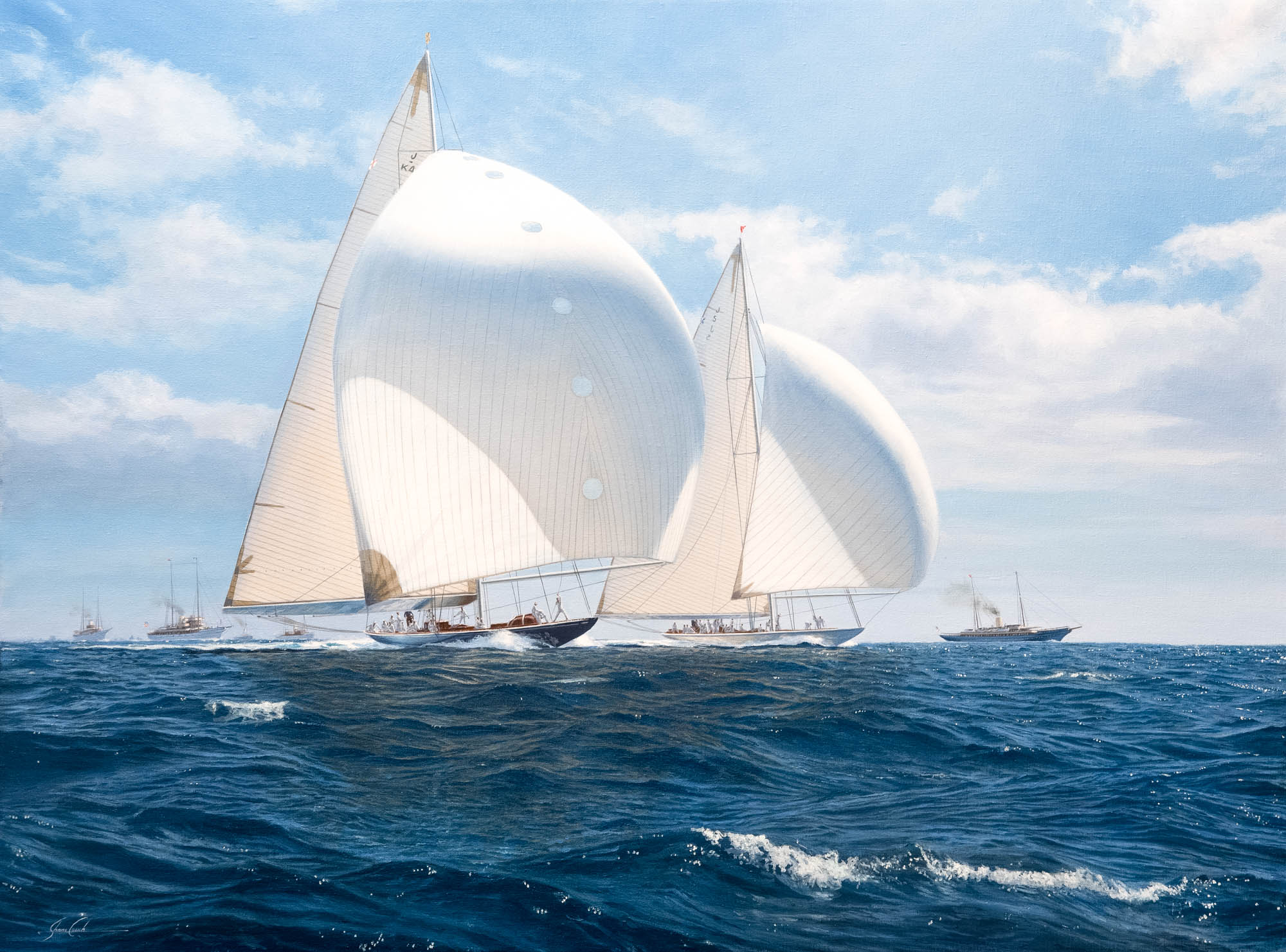
Couch’s setup these days is a bit more sophisticated than it was 30 years ago—and he’s no longer using the stovetop as an easel. No, for this time machine to work properly, the details have to be precise—and this is where that aeronautical engineering training comes into play. To tell the story of the J Class era, Couch has to put himself in the middle of the action, with the two ships battling the waves and each other for supremacy, crew working as one to wring the most from every inch of sail. And seeing as there are no photos or reference materials of J Class yachts mid-race for Couch to study, he has to create them himself. So Couch boots up his computer.
Finding the original schematics and measurements for each of the 10 J Class yachts built in the 1930s, Couch can recreate these bygone vessels in three dimensions with machine precision, allowing him to observe the craft from all angles. Additional programs allow him to position the sun and the digital camera, so he can experiment with different lighting and vantage points. “I can’t go on these boats because they’re long since gone,” he says, “so this is my way of exploring and being part of the crew.” And for Couch, creating the crew is the most important part. So, together with his wife, he poses for each crewman himself, mapping out exactly what task they would be performing and taking reference photos that he can use for his final painting. “A lot of artists paint the crew as an afterthought or just to give a sense of scale,” he says. “But the crew really tell the story of the boat.”
With his exhibition at Palm Avenue Fine Art, Couch takes audiences through the J Class era from conception to conclusion in 10 canvases, all painted this year. It’s a project he’d been putting off for far too long, drowning in commissions. But a prostate cancer diagnosis in early 2023 brought a shift in perspective. “I didn’t get to paint all of those pictures I’d been planning to paint,” he recalls thinking to himself. And though the prognosis was very good, the brush with mortality had its effect. “It gave me laser focus,” he says. “And painting has been my medicine.” This latest project completed, Couch isn’t quite sure what’s next. But if that boy from Lancashire made it this far, there’s no telling what lies beyond today’s horizon. “You set foot on a ship,” he says, “and you can wake up anywhere.”





